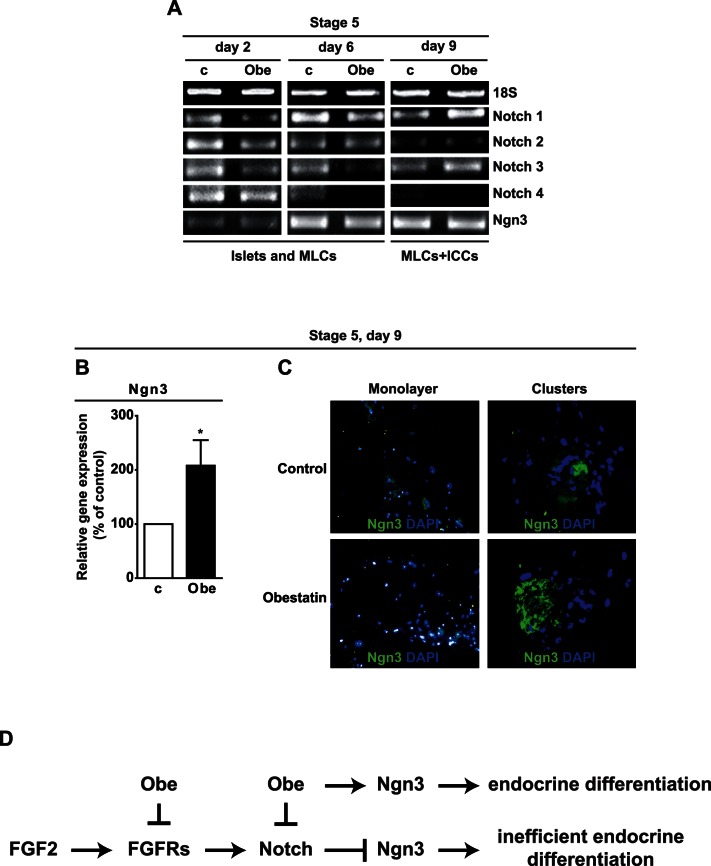Figure 7. Obestatin modulates Notch receptors and Ngn3 gene expression.
(A) RT-PCR analysis showing Notch receptors and Ngn3 mRNA at the indicated times in control (c) and obestatin-treated (Obe) cultures. Results are representative of three independent experiments. (B) Ngn3 mRNA assessed by real-time PCR at day 9 of stage 5 in adherent MLCs. Results are the mean ± SEM of three independent experiments performed in duplicate (*P<0.05 vs. control). (C) Immunofluorescent staining for Ngn3 in adherent cells (monolayer) (X20) and clustered cells (X40), in both control and obestatin-treated cultures. Ngn3 is shown in green and nuclei in blue (DAPI). Each image is representative of three independent experiments. (D) Schematic illustration of obestatin mechanisms of action. During pancreatic development FGF2 promotes pancreatic precursor cell proliferation through FGFRs, inducing Notch signaling and preventing Ngn3 expression. Upon serum removal, FGF2 promotes MLC proliferation and Notch receptors expression. Obestatin treatment inhibits FGF2 action by reducing expression of FGFRs. Obestatin also inhibits the expression of selective Notch receptors, leading to increased Ngn3 expression and endocrine differentiation.

